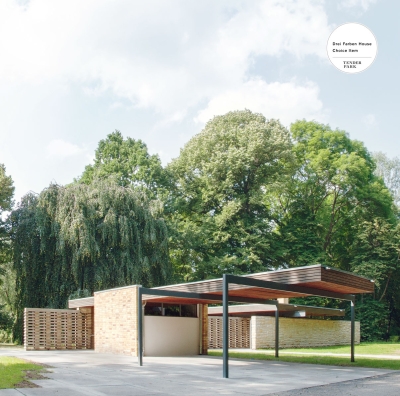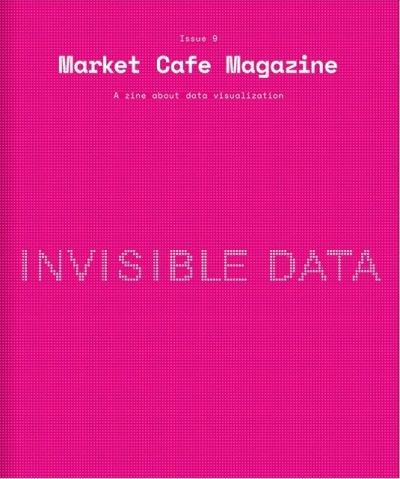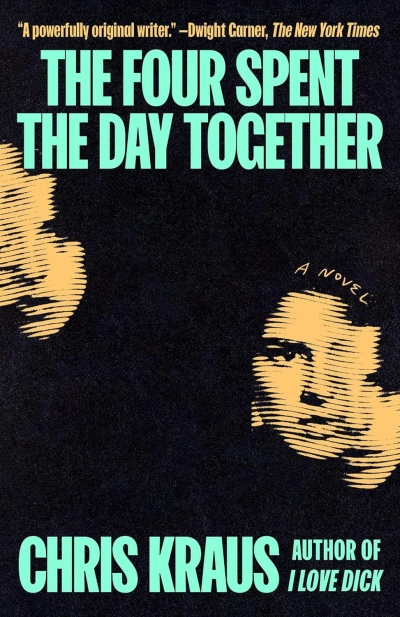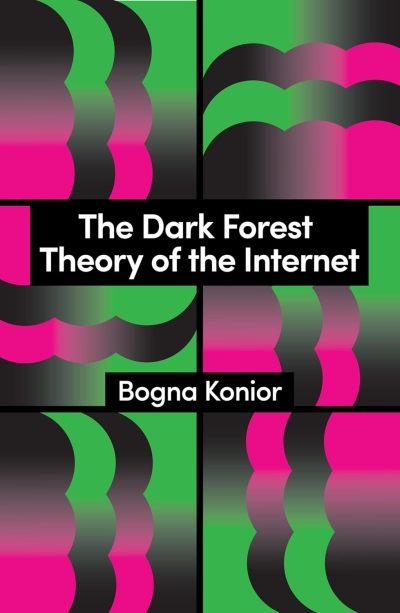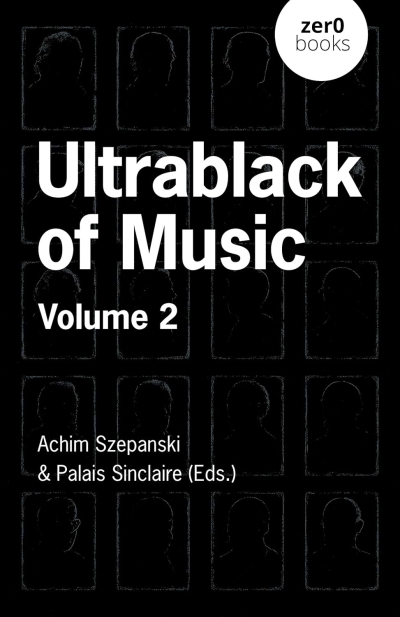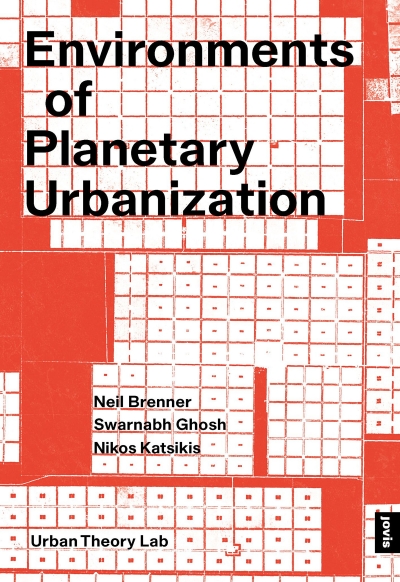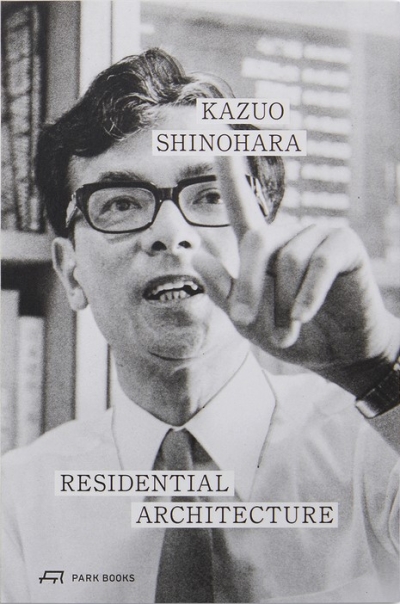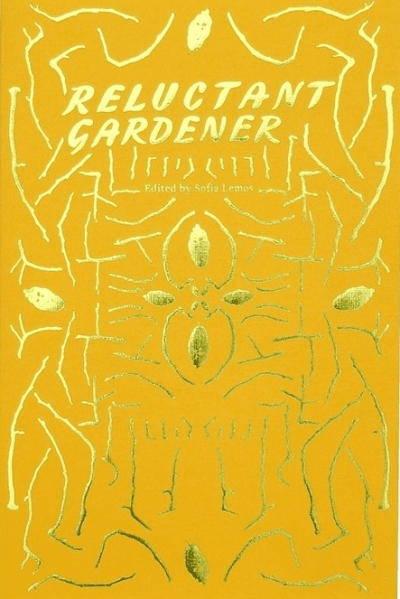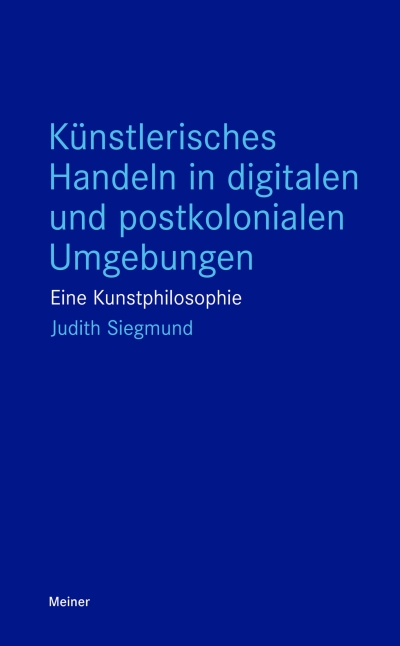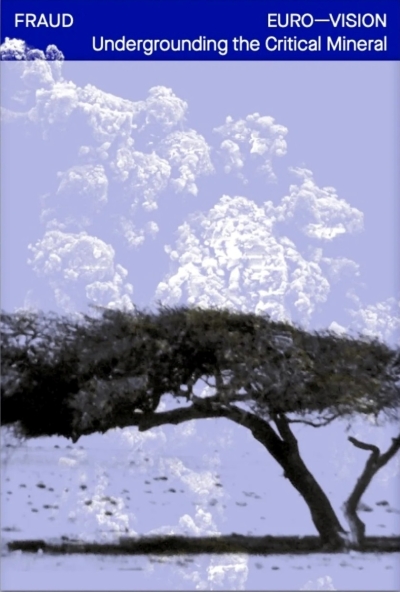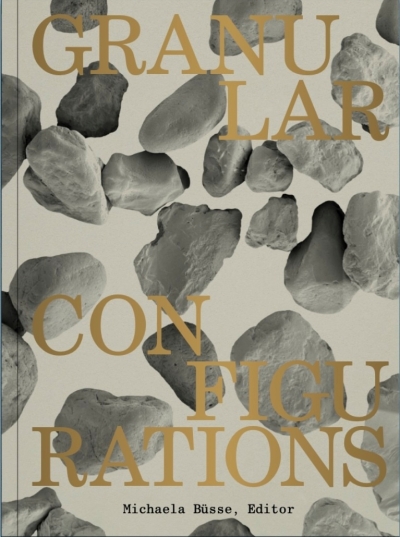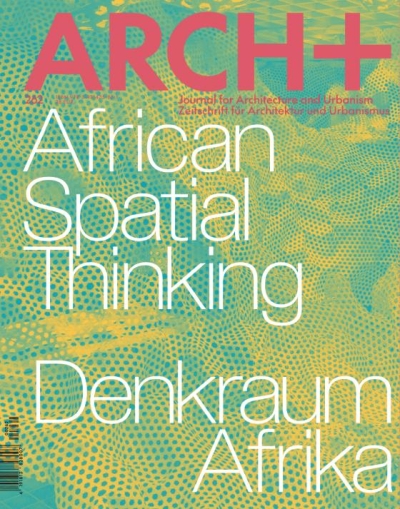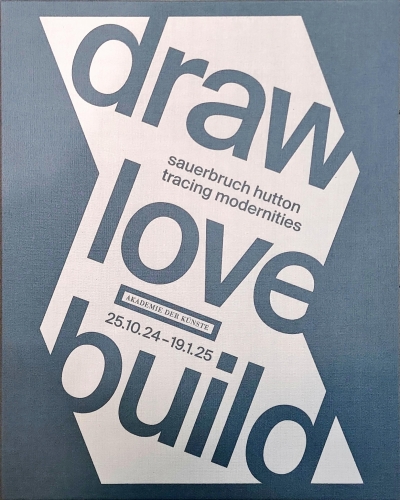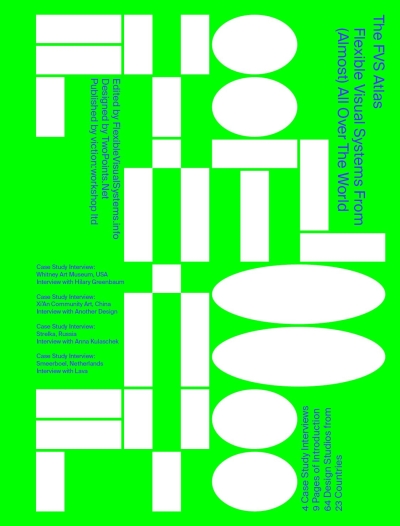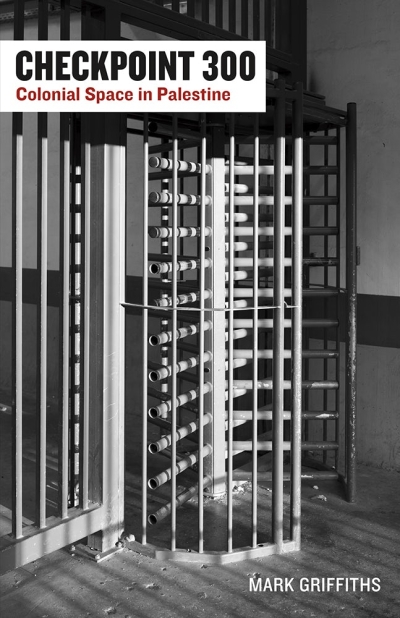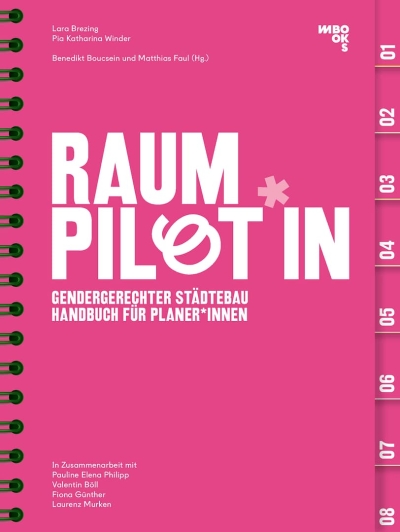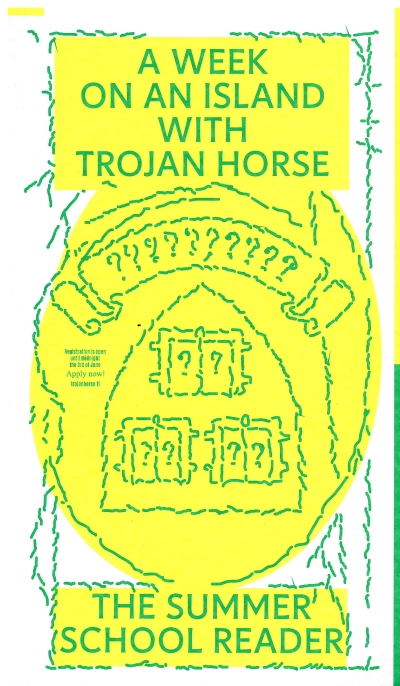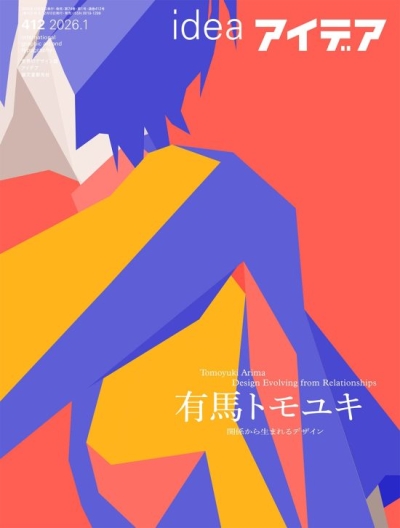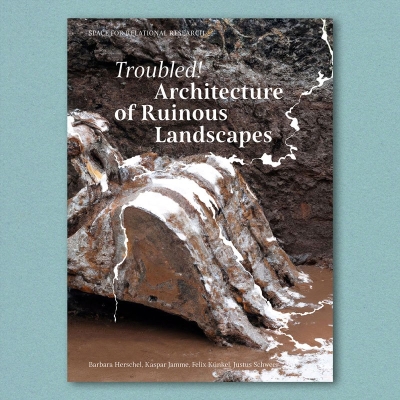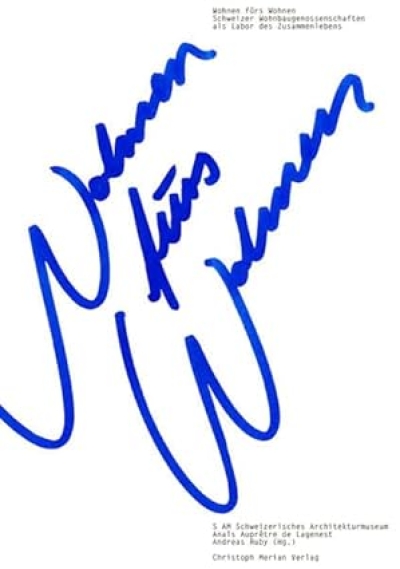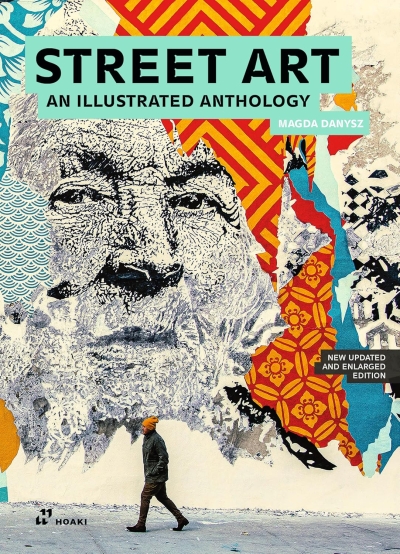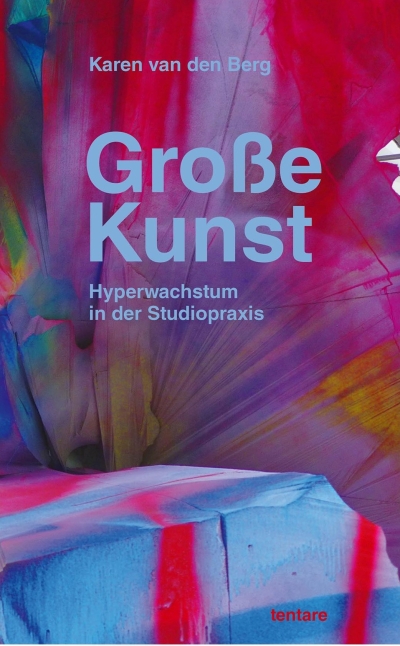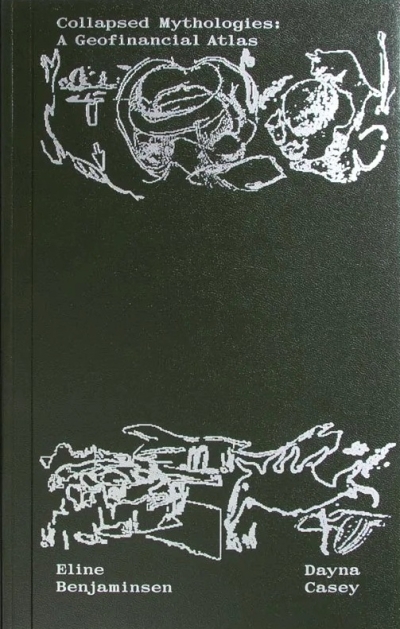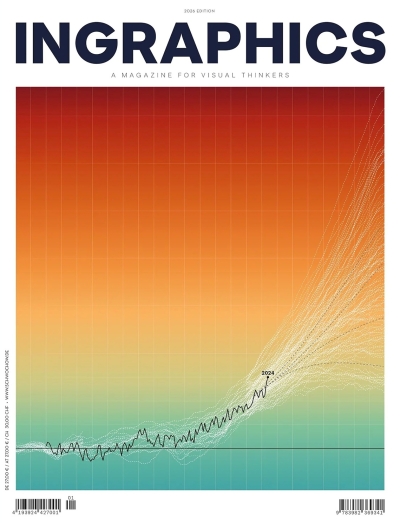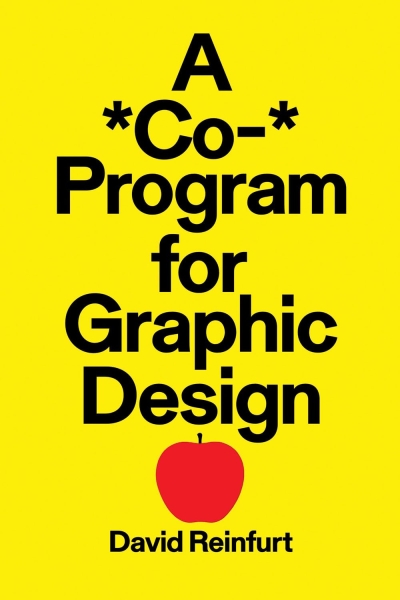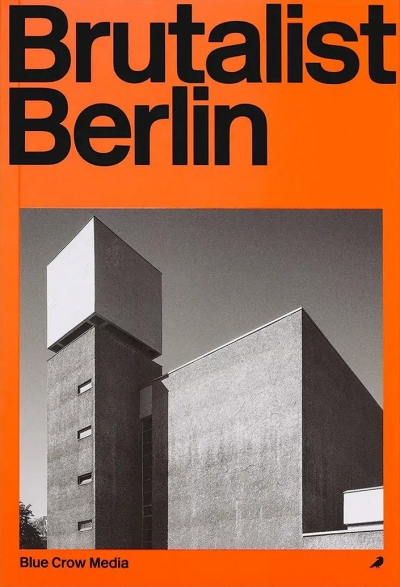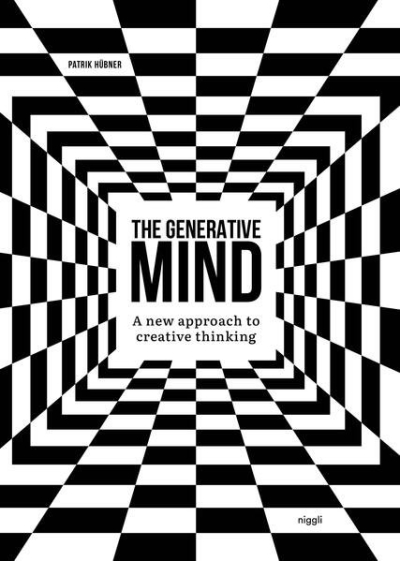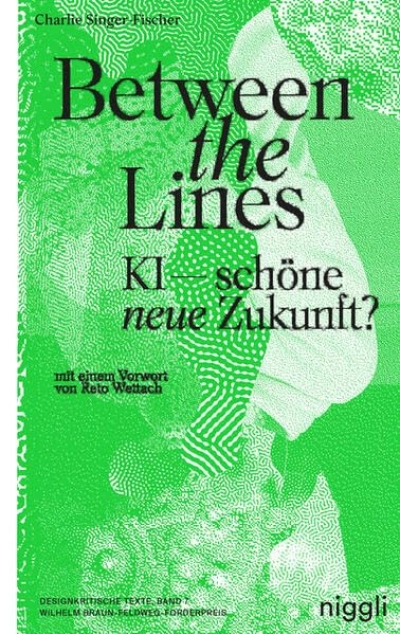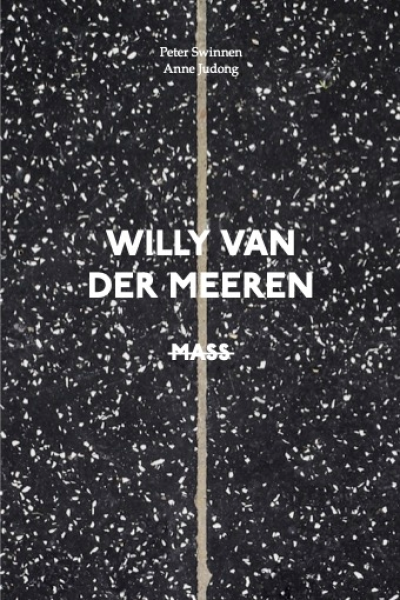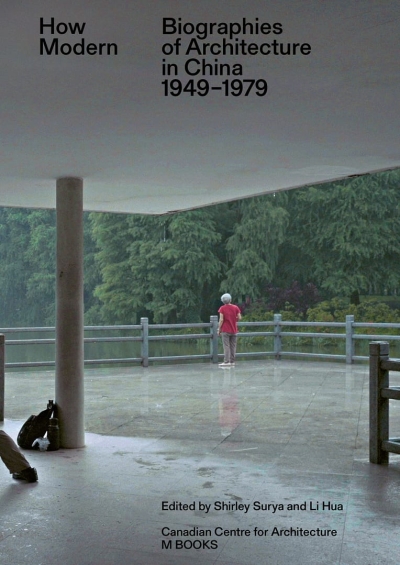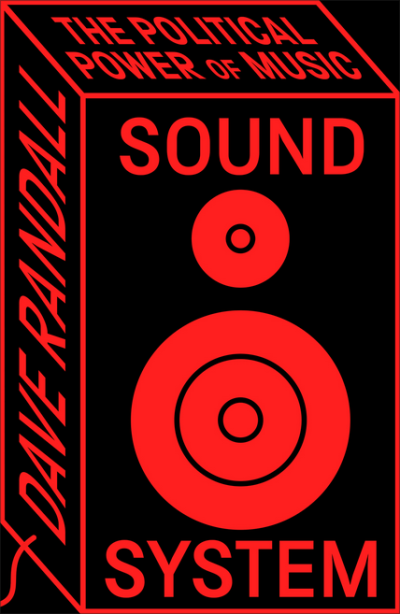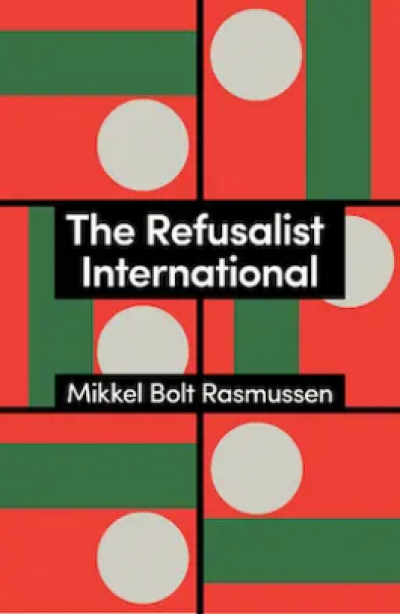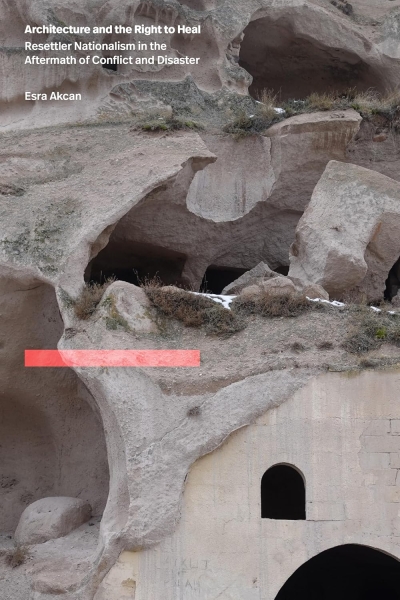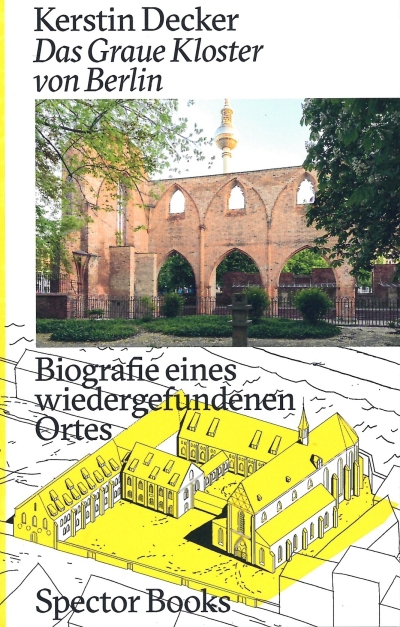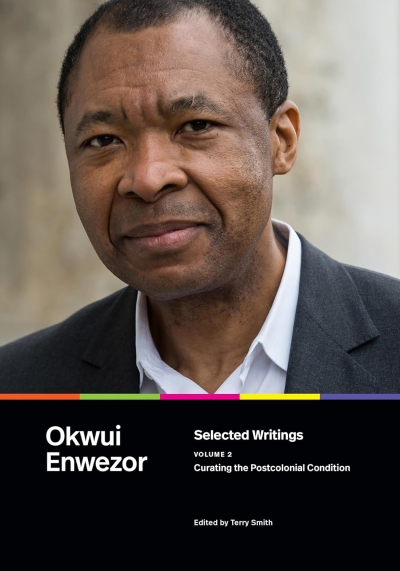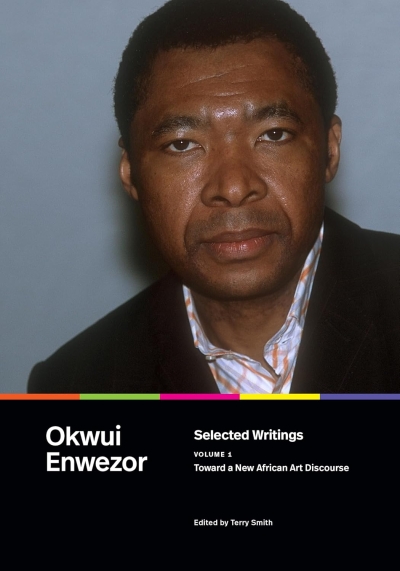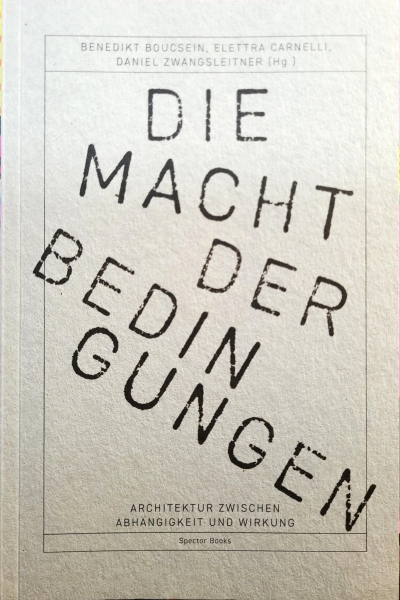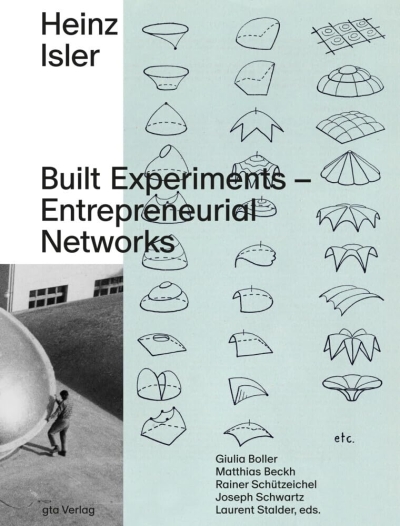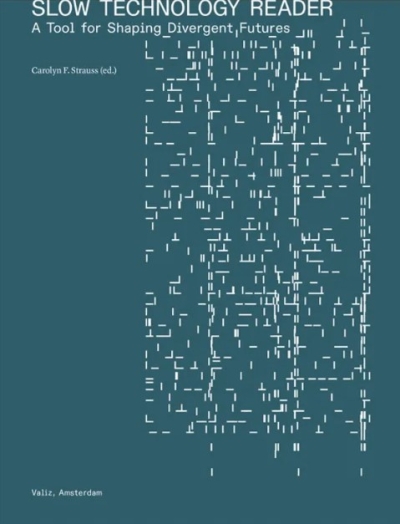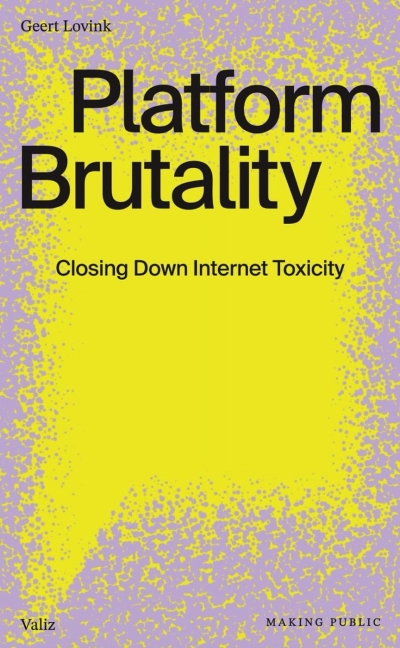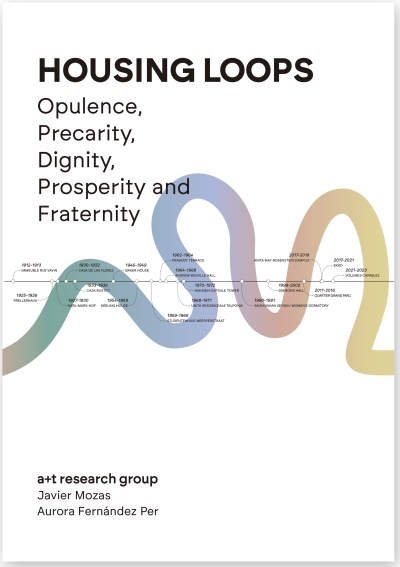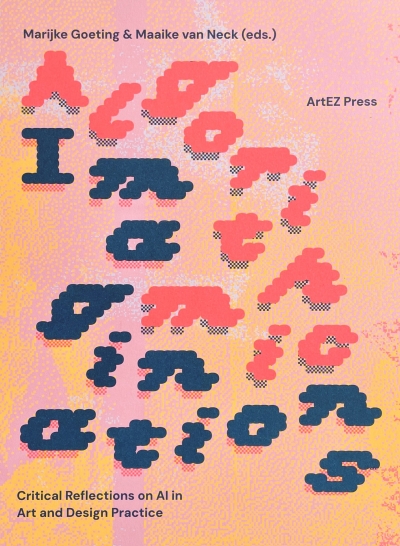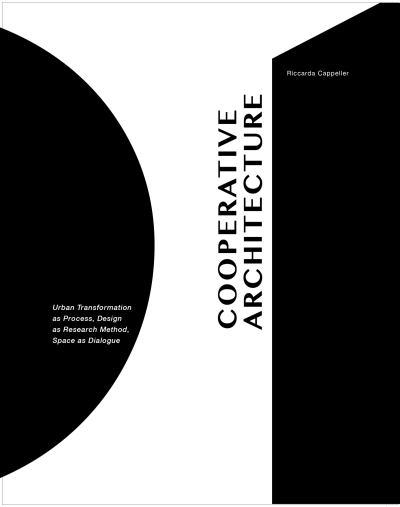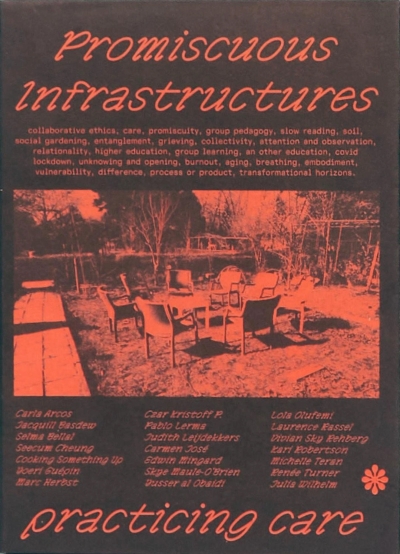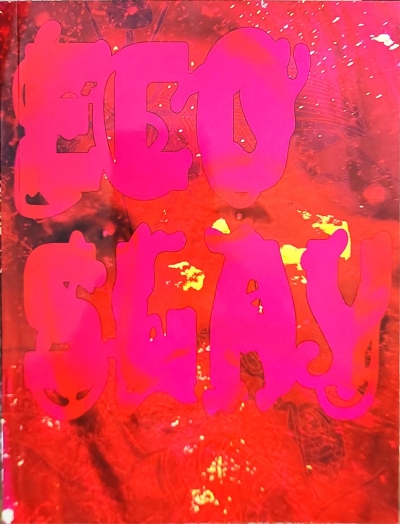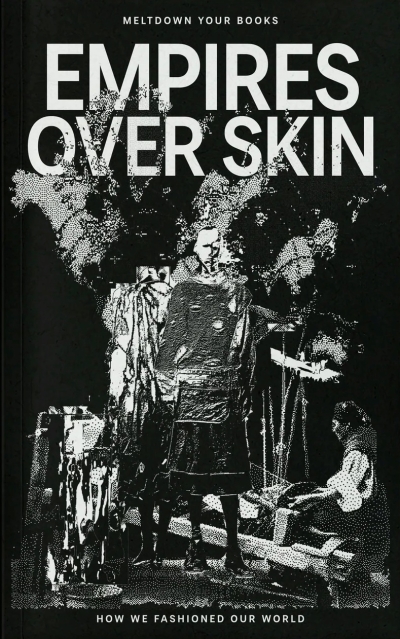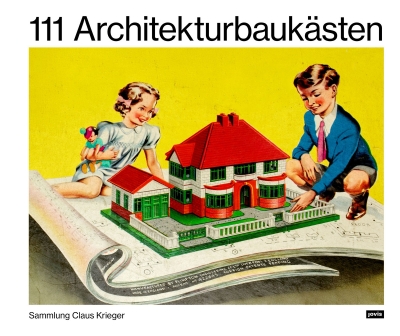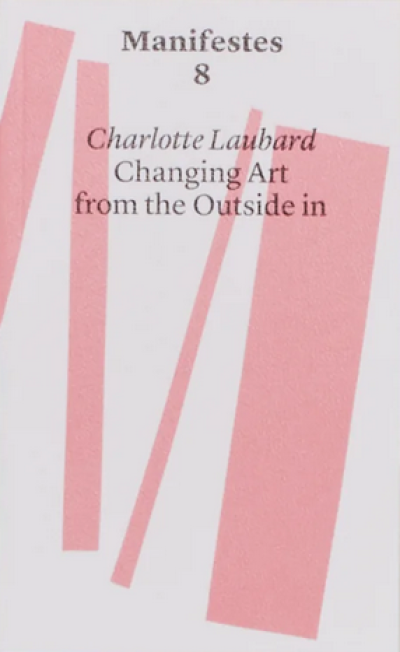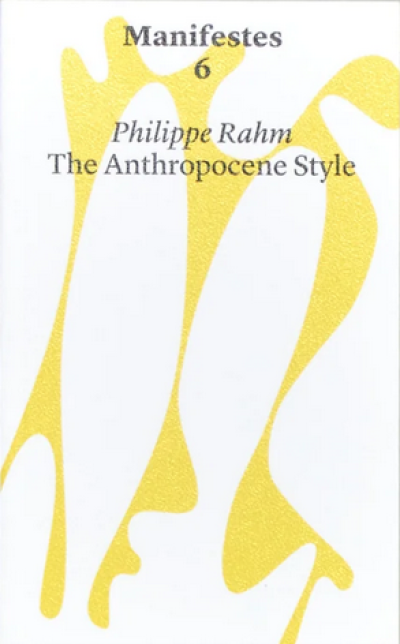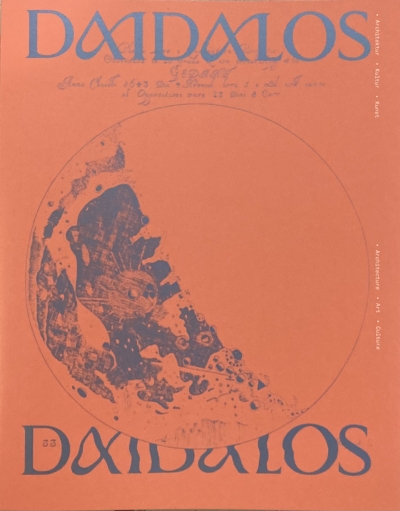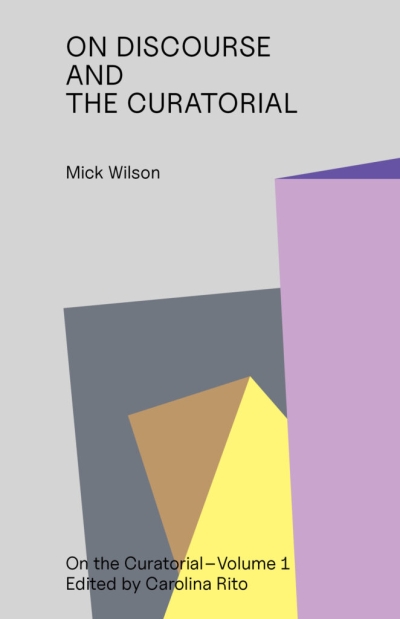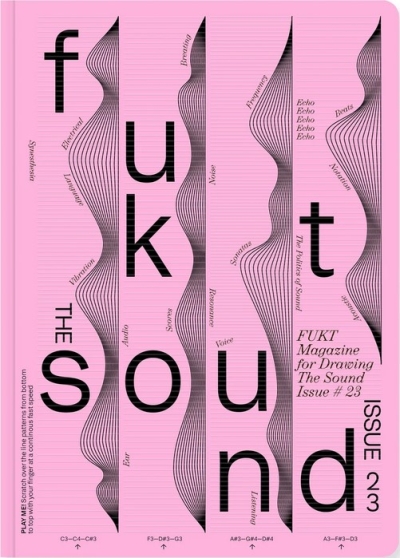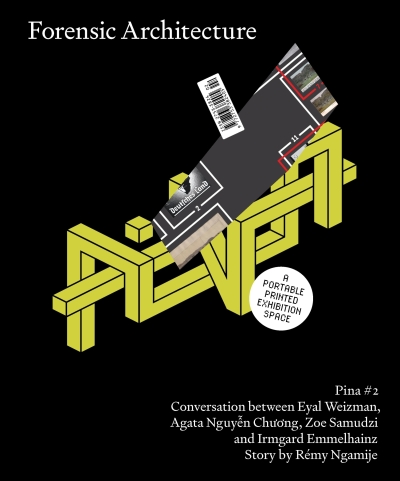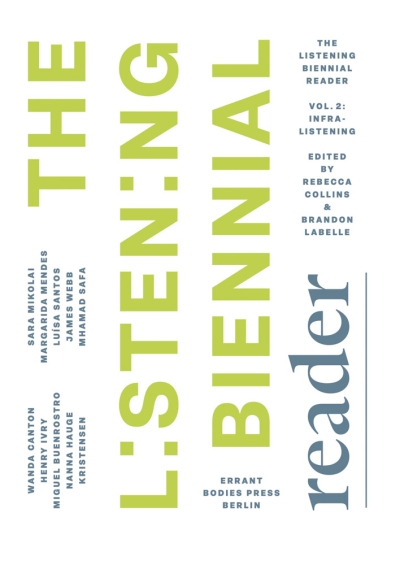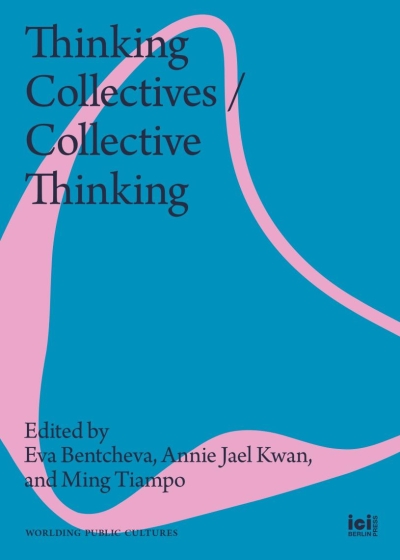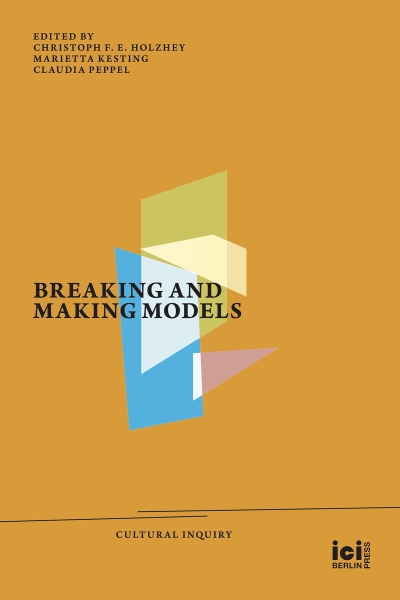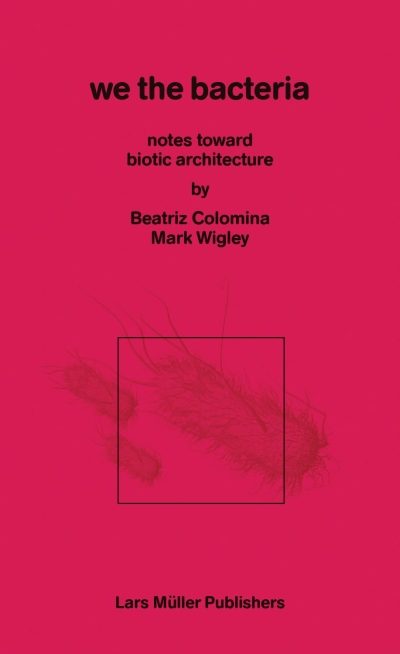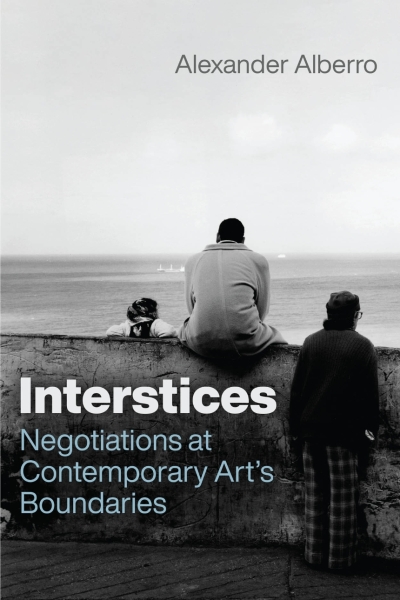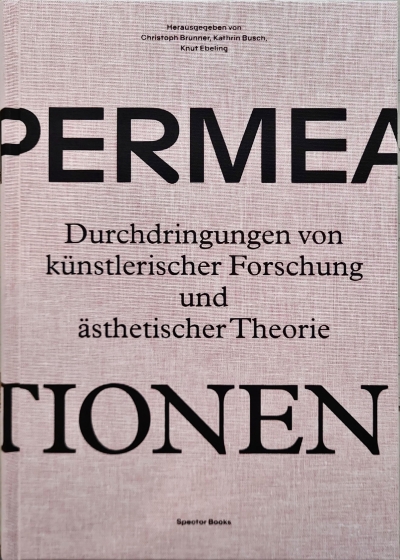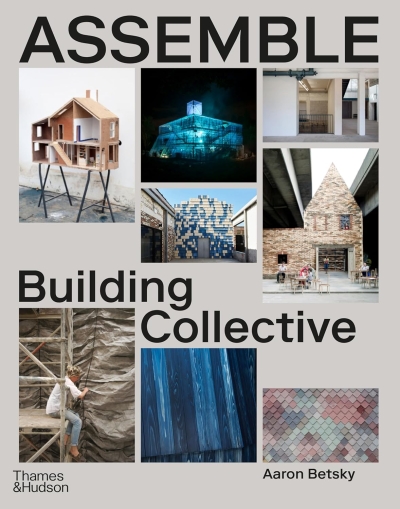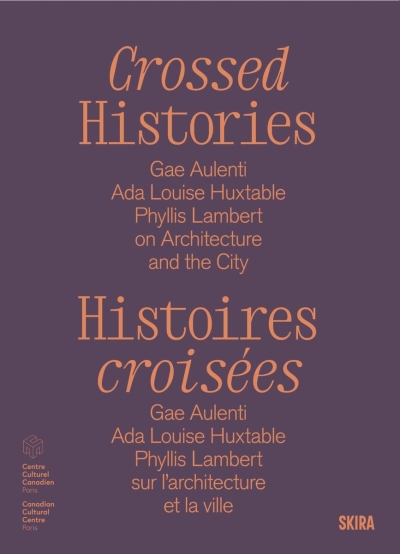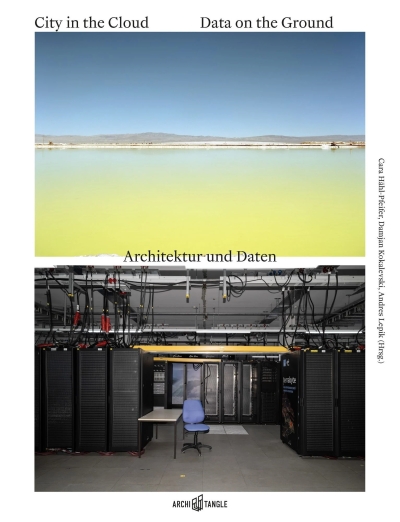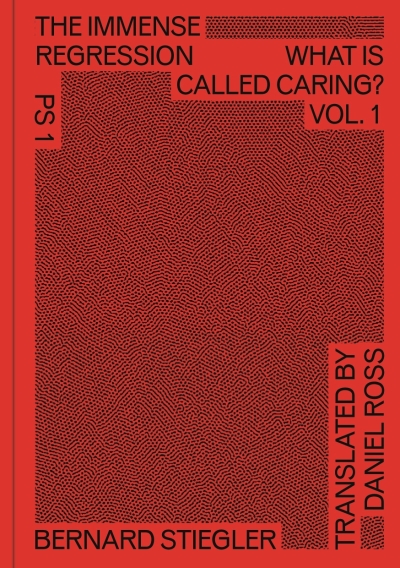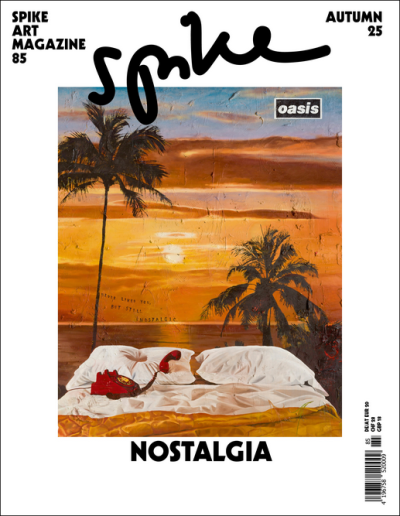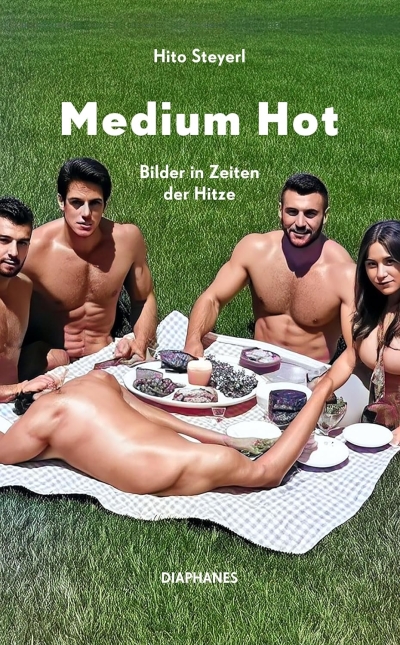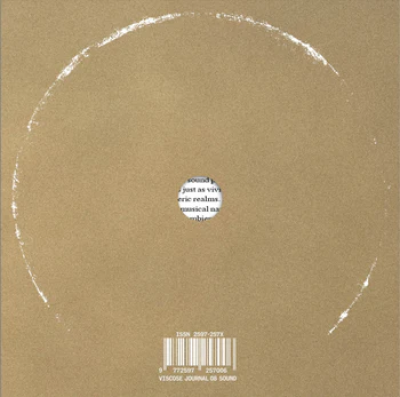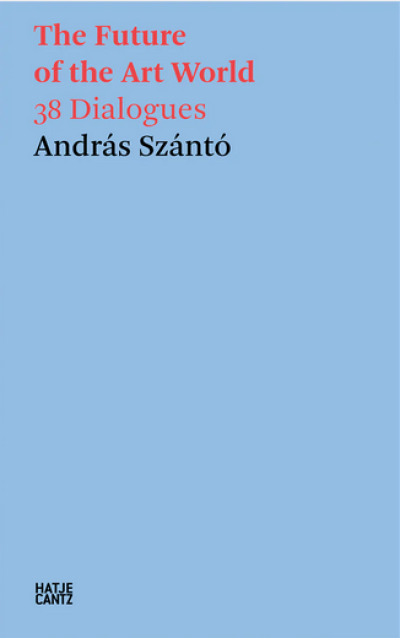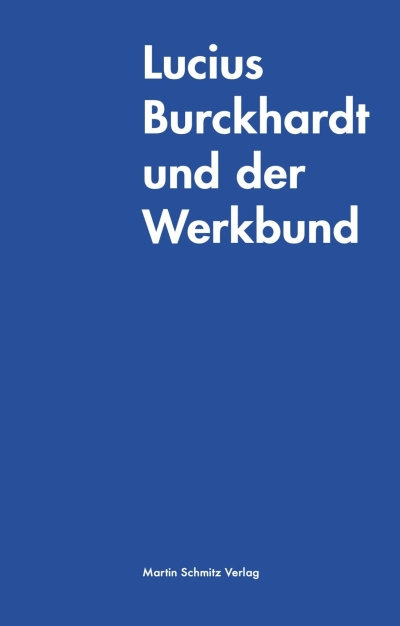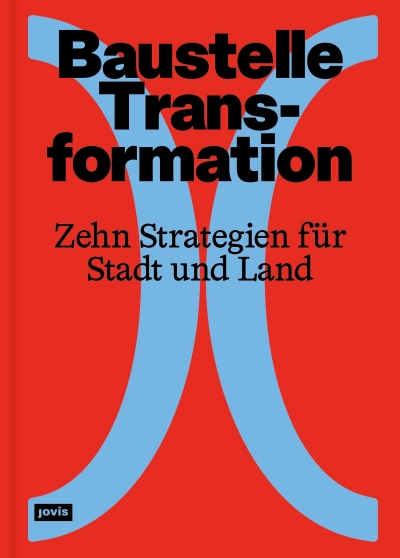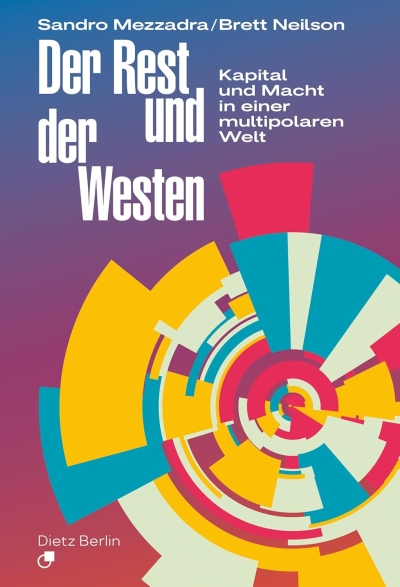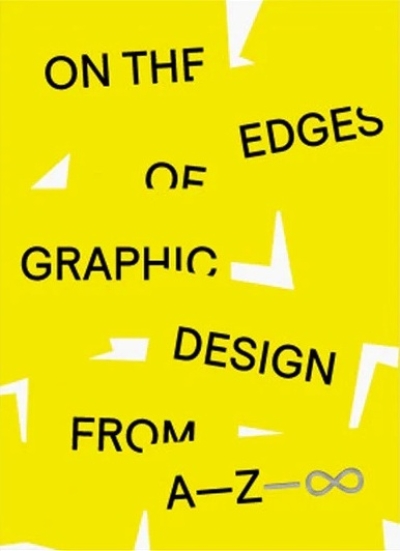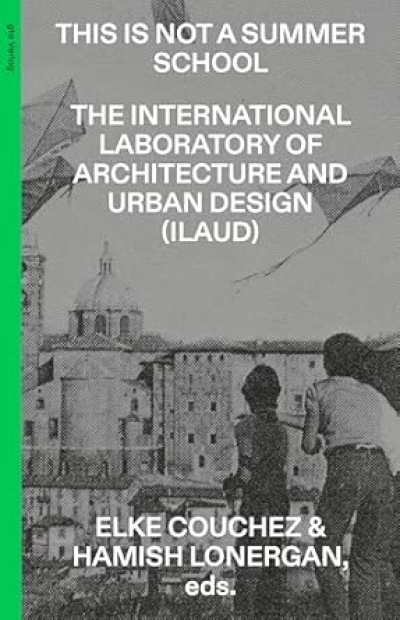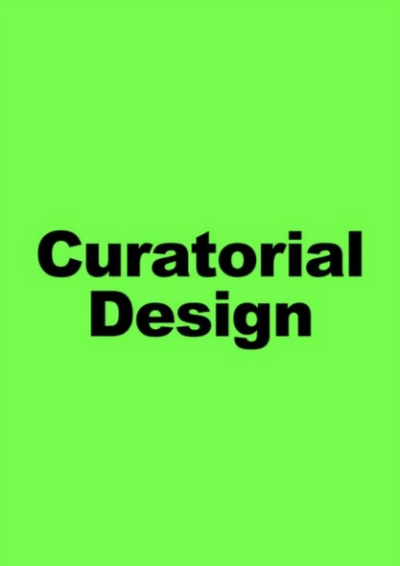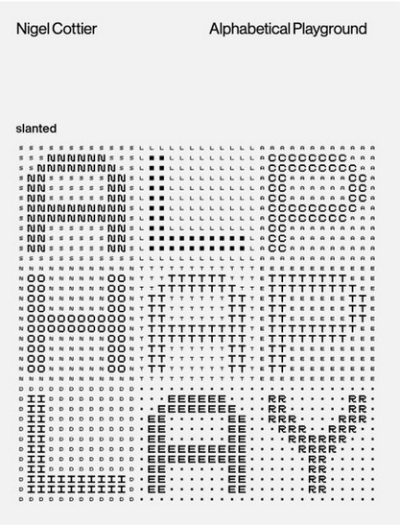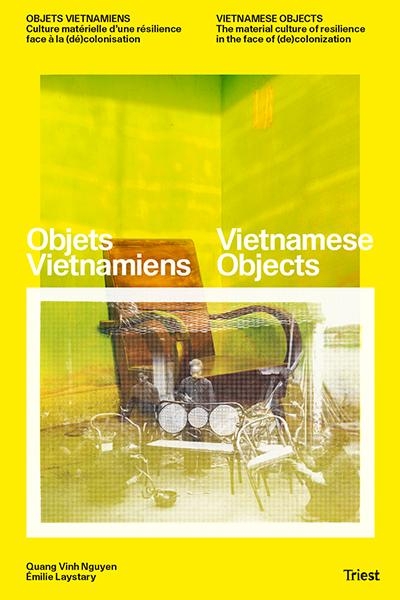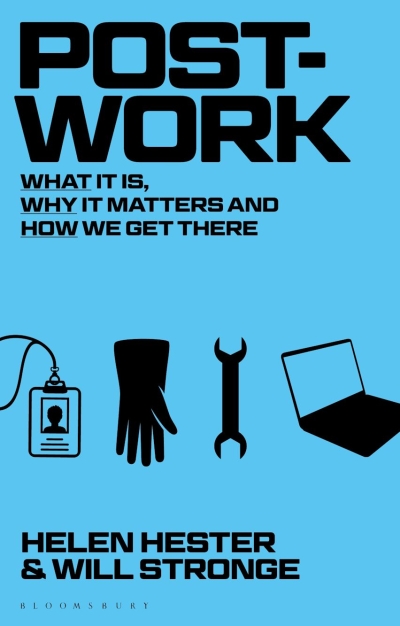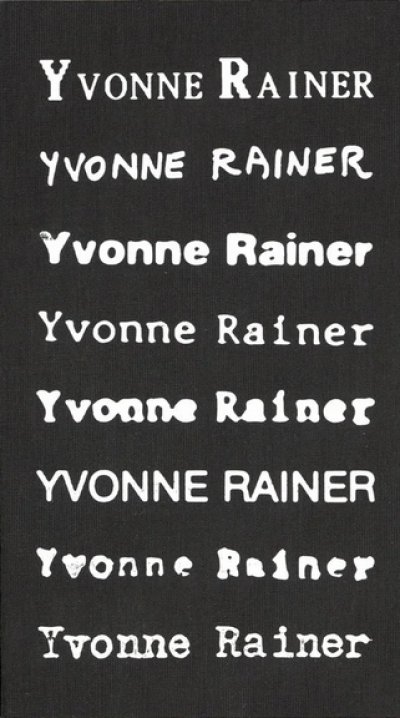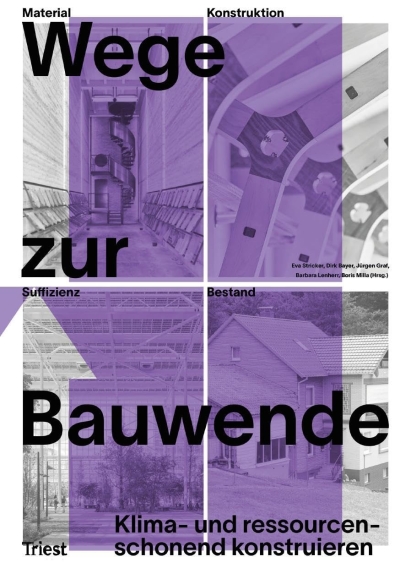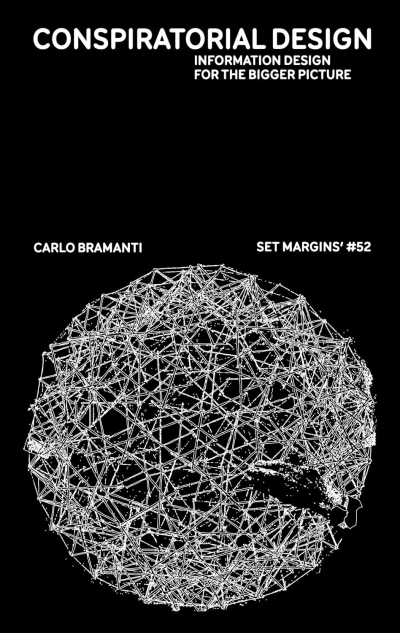Market Cafe
Market Cafe Magazine Issue 9 Invisible Data
Chris Kraus
The Four Spent the Day Together
Nick Srnicek
Silicon Empires. The Fight for the Future of AI
Bogna Konior
The Dark Forest Theory of the Internet
Palais Sinclaire, Achim Szepanski (Hg)
Ultrablack of Music. Volume 2
Neil Brenner, Swarnabh Ghosh, Nikos…
Environments of Planetary Urbanization
Christian Dehli, Andrea Grolimund (Eds.)
Kazuo Shinohara. Residential Architecture
Sofia Lemos (Hg)
Reluctant Gardener
Britt Müller, Winnes Rademächers
Don't Sleep. The Graphic Language of Vinyl Labels
Judith Siegmund
Künstlerisches Handeln in digitalen und postkolonialen…
Francisco Gallardo & Audrey Samson…
EURO—VISION. Undergrounding the Critical Mineral
Michaela Büsse (Hg)
Granular Configurations. Sand, Materiality, and Planetary…
Arch+
ARCH+ 262. African Spatial Thinking / Denkraum Afrika
Matthias Sauerbruch, Louisa Hutton, mit…
Draw Love Build. Sauerbruch Hutton Tracing Modernities
gerade nicht auf Lager
Martin Lorenz
Flexible Visual Systems. The FVS Atlas
Mark Griffiths
Checkpoint 300. Colonial Space in Palestine
Katharina Weinstock
Post-Readymade
Philip Ursprung
Values and Surfaces. Art, Economy, Architecture
Hg. von Benedikt Boucsein, Matthias…
Raumpilot*in. Gendergerechter Städtebau. Handbuch für…
Ott Kagovere, Hanan Mahbouba, Jaroslav…
A Week On An Island With Trojan Horse. The Summer School…
IDEA Magazine
Idea 412. Tomoyuki Arima: Design Evolving from Relationships
Barbara Herschel, Kaspar Jamme, Felix…
Troubled! Architecture of Ruinous Landscapes
David Wojnarowicz
Waterfront Journals
Anaïs Auprêtre de Lagenest, Andreas…
Wohnen fürs Wohnen. Schweizer Wohnbaugenossenschaften als…
Ayoung Kim
Synthetic Storyteller
gerade nicht auf Lager
Edited by Beatriz Colomina with Nick…
Sick Architecture
Magda Danysz
Street Art. An Anthology
Karen van den Berg
Große Kunst. Hyperwachstum in der Studiopraxis
Maxime Le Calvé
Golden Pudel-Ethnographie. Atmosphäre, Netzwerke und…
Chris Hables Gray
Virus is a Language. AI, QAnon, COVID-19 and the New…
Eline Benjaminsen, Dayna Casey
Collapsed Mythologies. A Geofinancial Atlas
Jan Schwochow
InGraphics 2026 Edition
David Reinfurt
A *Co-* Program for Graphic Design
gerade nicht auf Lager
Felix Torkar
Brutalist Berlin. An Architect's Guide to Brutalist…
Patrik Hübner
The Generative Mind. A New Approach to Creative Thinking
Charlie Singer-Fischer
Between the Lines. KI - schöne neue Zukunft?
Peter Swinnen, Anne Judong (eds.)
Willy Van Der Meeren. Mass
Shirley Surya, Li Hua (Eds.) Canadian…
How Modern. Biographies of Architecture in China 1949–1979
gerade nicht auf Lager
Dave Randall
Sound System. The Political Power of Music
Mikkel Bolt Rasmussen
The Refusalist International. A Theory of the New Protest…
Esra Akcan
Architecture and the Right to Heal. Resettler Nationalism…
Kerstin Decker (Autorin), Ute Müller-…
Das Graue Kloster von Berlin. Biografie eines…
Okwui Enwezor, Terry Smith (Ed.)
Okwui Enwezor. Selected Writings. Volume 2. Curating the…
Okwui Enwezor, Terry Smith (Ed.)
Okwui Enwezor. Selected Writings. Volume 1. Toward a New…
Benedikt Boucsein, Elettra Carnelli,…
Die Macht der Bedingungen. Architektur zwischen…
Giulia Boller, Matthias Beckh, Rainer…
Heinz Isler. Built Experiments – Entrepreneurial Networks
Carolyn F. Strauss (ed.)
Slow Technology Reader
gerade nicht auf Lager
Geert Lovink
Platform Brutality. Closing Down Internet Toxicity
Javier Mozas, Aurora Fernández Per
Housing Loops. Opulence, Precarity, Dignity, Prosperity and…
Marijke Goeting & Maaike van Neck (…
Algorithmic Imaginations. Critical Reflections on AI in Art…
Riccarda Cappeller
Cooperative Architecture. Urban Transformation as Process,…
Michelle Teran, Marc Herbst, Vivian Sky…
Promiscuous Infrastructures. Practising Care
Camille Belmin (Ed)
Ecoslay – An Anthology
Meltdown Your Books
Empires Over Skin. How we Fashioned our World
Claus Krieger
111 Architekturbaukästen
Basile Baudez, Victoria Bergbauer (Hg.)
Carceral Architecture
Charlotte Laubard
Manifestes 8. Changing Art from the Outside in
Philippe Rahm
Manifestes 6. The Anthropocene Style
Iracema Dulley, Marlon Miguel (eds.)
Stella do Patrocínio. Falatório/Chatter
Christoph Ramisch (ed.)
Daidalos 24-25
Mick Wilson
On Discourse and the Curatorial
Bjørn Hegardt (Ed.)
FUKT #23 – The Sound Issue
pinamagazine.com
Pina Issue 2
Brandon LaBelle (Ed.)
The Listening Biennial Reader - Vol 2: Infralistening
Eva Bentcheva, Annie Jael Kwan, Ming…
Thinking Collectives / Collective Thinking
Christoph F. E. Holzhey, Marietta…
Breaking and Making Models
Beatriz Colomina, Mark Wigley
We the Bacteria. Notes Toward Biotic Architecture
Thomas Aguilera, Francesca Artioli,…
Housing Under Platform Capitalism. The Contentious…
gerade nicht auf Lager
Alexander Alberro
Interstices. Negotiations at Contemporary Art’s Boundaries
Christoph Brunner, Kathrin Busch, Knut…
Permeationen. Durchdringungen von künstlerischer Forschung…
Amy Ireland, Maya B. Kronic
Cuter Akzelerationismus
Elbe Trakal (Hg.)
Zwischen Tätigkeiten Berichte
Aaron Betsky
Assemble. Building Collective
Catherine Bedard, Lea-Catherine Szacka
Crossed Histories: Gae Aulenti, Ada Louise Huxtable,…
Paul Guillibert
Anthropocene Communism
Ralf Hoffrogge
Das laute Berlin. Deutsche Wohnen & Co enteignen und…
Cara Hähl-Pfeifer, Damjan Kokalevski,…
City in the Cloud – Data on the Ground. Architektur und…
dérive
dérive N° 101, Rhythmen, Zyklen, Zeitregime (Okt - Dez 2025)
Bernard Stiegler. Translated by Daniel…
Bernard Stiegler, The Immense Regression: What Is Called…
Spike
Spike Art Magazine Issue 85 Nostalgia
gerade nicht auf Lager
Hito Steyerl
Medium Hot. Bilder in Zeiten der Hitze
Ludovic Balland, Francesca Mautone,…
Unfinished Atlas. 19 Projects by Manuel Herz Architects
Emanuel Christ, Victoria Easton, Giulio…
Review No IV. Typology - Tashkent, Genoa, Tbilisi,…
Jeppe Ugelvig (Ed.), Bill Kouligas,…
Viscose Journal 08. Sound
András Szántó
The Future of the Art World. 38 Dialogues
Lucius Burckhardt, Martin Schmitz (Hg)
Lucius Burckhardt und der Werkbund
Olaf Bahner, Laura Holzberg, Bund…
Baustelle Transformation. Zehn Strategien für Stadt und Land
Sandro Mezzadra, Brett Neilson
Der Rest und der Westen. Kapital und Macht in einer…
Anja Lutz, Soraya Guimarães Hoepfner (…
On the Edges of Graphic Design from A—Z—∞. A Space for…
Elke Couchez & Hamish Lonergan
This Is Not a Summer School. The International Laboratory…
Matter Of (eds.)
New New Typography. Adventures in Transborder Typography
gerade nicht auf Lager
Wilfried Kuehn, Dubravka Sekulić (eds.)
Curatorial Design. A Place Between
Nigel Cottier (ed.)
Alphabetical Playground
Quang Vinh Nguyen, Émilie Laystary (…
Vietnamese Objects. The material culture of resilience in…
Helen Hester, Will Stronge
Post-work. What It Is, Why It Matters and How We Get There
Terrassen
Yvonne Rainer. Privilege - Yvonne Rainer Filmography
Eva Stricker, Dirk Bayer, Jürgen Graf,…
Wege zur Bauwende. Klima- und ressourcenschonend…
Carlo Bramanti
Conspiratorial Design. Information design for the bigger…
